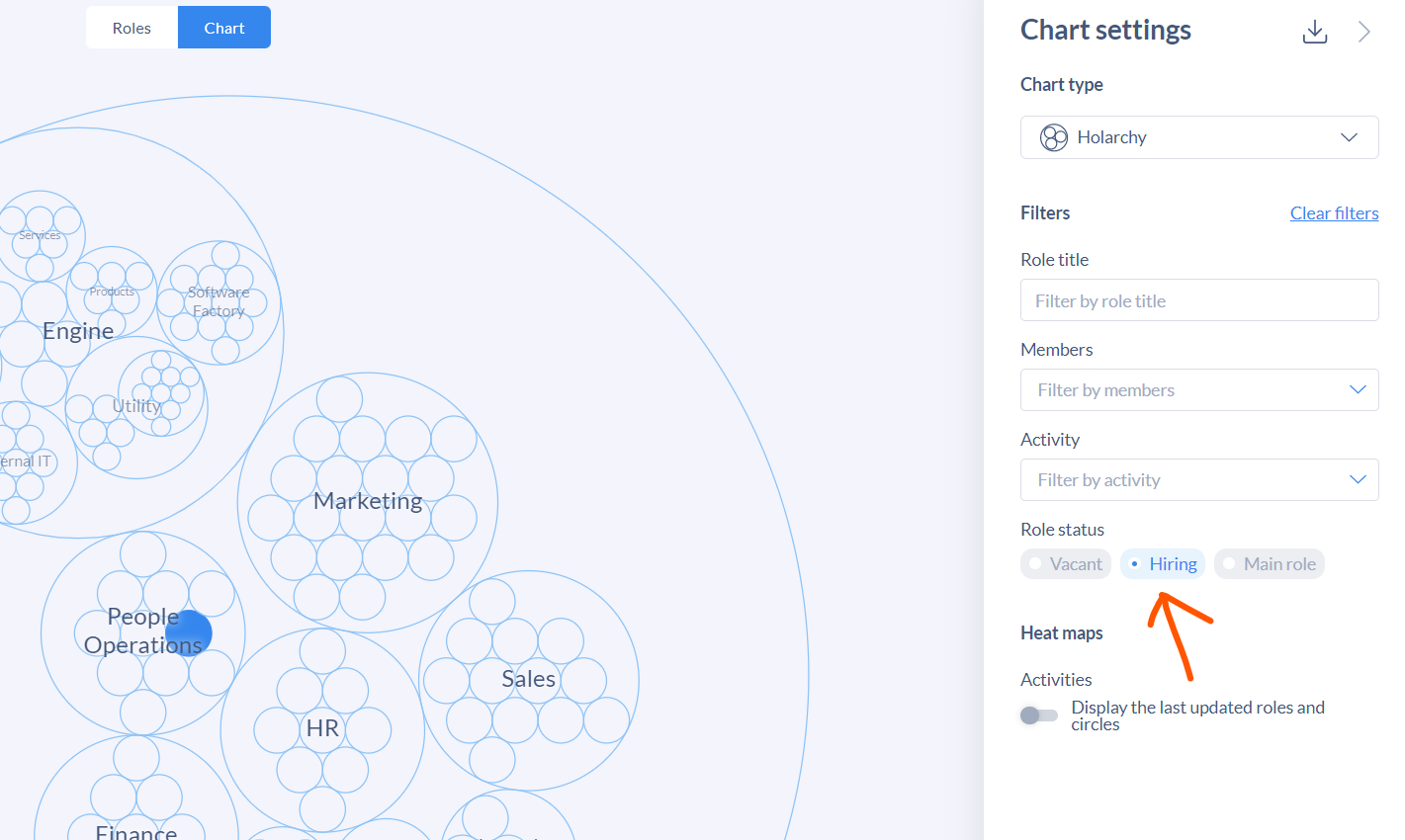Self Management
In this section we report all the processes discovered and practiced within Engine in the context of self management practices, these process are Applicable to any circle.
Meeting schedule
To schedule meetings of a given Circle is accountability of the Secretary of the Circle. In order to schedule meetings in a way that everyone could theoretically be present in every meeting, we follow a 4 weeks cycle that is describe in an excel file inside sharepoint://BigData/Documents/ Self Management / calendario riunioni.xlsx. In that file there is also a link to a tool that helps generate correct dates for the next meetings.
Metrics
Inside Engine circle, metrics are produced and reported in a standard way.
With the aim of being faster during the tactical meetings, the official file where all the metrics should be reported is "metrics" / "engine metrics.xlsx". Each role or sub-circle has its own worksheet to present its metrics ( if the worksheet is not present, you can create it independently ).
But what is a metric ? It is a synthetic output that represents the time serie of a specific process or function. Each metric must have the following characteristics:
- Name
- Date
- Value
Only one optional additional dimension is allowed (i.e. "customer", "project" ) in case a metric needs to be replicated multiple times by the same role or sub-circle.
The worksheet should be composed by a single table and a series of charts. The table must be the data source of all the charts, but it can refer to external data-sheets ( the integrity of this reference is in charge of each role, we are not going to troubleshoot problems during the tactical meeting ).
Charts should represent a time series, to provide an immediate feedback about improvements or regressions. Each role will choose the best way to represent its metrics. In case you have the additional dimension "project" a pivot chart is recommended.
It is also recommended to add a description for each metric in the "Legend" worksheet to improve understandability and transparency.
In the worksheet "template" there are two examples of data table:
- simple metrics
- with additional dimension
Global tensions board
At this time, not all the people belong to a circle, but this does not mean that they are not part of self-management and can't resolve their tensions. For this purpose, we have a "Global tensions" board inside the "Planner" application of Office365. To open a new tension, add an item to the "Tensions backlog" bucket with the following information:
- Title
- Notes: you should describe your tension as better as you can, providing the right context, some real experience that triggered it, and finally, what kind of output you would like to see: project or action
- Label: the name of the circle in which you would like to discuss your tension
- Assign (mandatory): if you have a specific member of the selected circle in mind, you can assign the task to him; otherwise, you can assign it to the lead link. Don't forget it, or nobody will receive a notification about your tension.
Once the circle processes the tension, move the item into the "Processed Tensions" bucket. The output of such processing can be transcribed into the comments.
Joining the circle
If you want to candidate to join a circle, contact the role:Leadlink of that circle and tell them about it.
If you've never been in a circle and don't know what circle could fit you the best, you could follow the guided hiring process.
Guided Hiring
There is a hiring notice board in Holaspirit that lists the circles willing to accept members new to self management. To access the hiring board, in Holaspirit's circles chart global view, after clicking the top-right doner menu button, a panel opens up that allows via a specific filter to highlight the roles for hiring. (Chart Settings > Filters > Role status > Select Hiring flag).

People that have never been in a circle can request to enter in one of these circles for a trial period, in order to understand the self management process and to choose at the end of the period if the circle is right for you or not.
A role will be proposed to the new member, according to the need of the circle.
The trial can be requested once. The trial period lasts 1 month, until the last tactical meeting.
Leaving a circle
Often due to environmental factors (like allocation on projects or personal life) we think of "not having the capacity to contribute to circle goals", other times we are part of a circle that does not stimulate us and that does not encourages or exploit our personal talents.
It is ok to leave a circle, it is a demonstration of honesty and maturity.
Leaving the role will potentially free a slot that someone else can energize better because it fits with their personal talents, their current goals or their current capacity.
There is no shame, only maturity in leaving a circle, especially if this resolves one of your tensions.
To leave a circle notify the role:LeadLink of your circle and if you feel like it, present a tactical tension explaining why you are leaving, this will give a chance to your circle-mates to have a retrospective moment with you (and to wish you the best luck!).